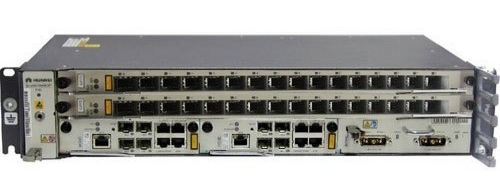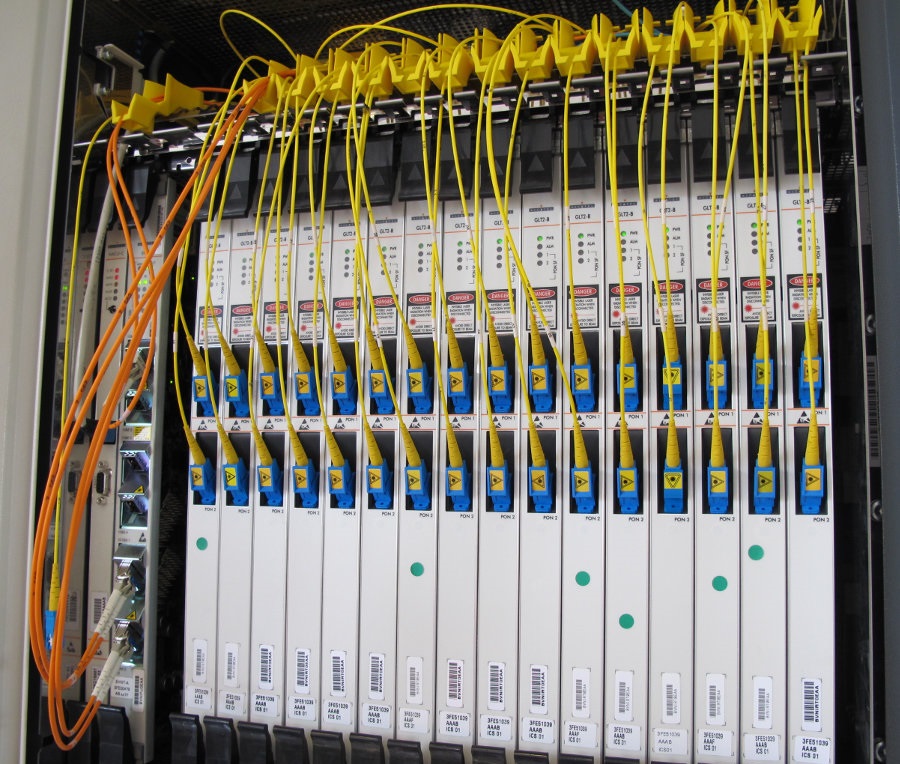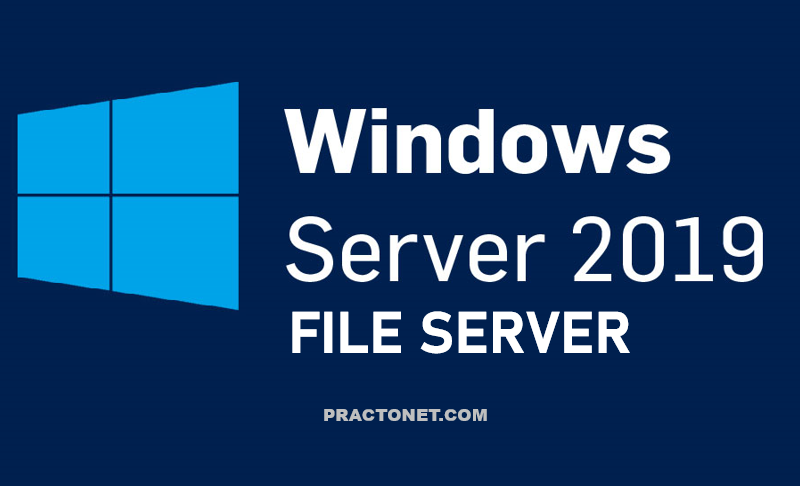OLT is a equipment integrating L2/L3 switch function in GEPON system. In general, OLT equipment contains rack, CSM (Control and Switch Module), ELM (EPON Link Module, PON card), redundancy protection -48V DC power supply modules or one 110/220V AC power supply module, and fans. In these parts, PON card and power supply support hot swap while other module is built inside. The main function of OLT is to control the information float across the ODN, going both directions, while being located in a central office. Maximum distance supported for transmitting across the ODN is 20 km. OLT has two float directions: upstream (getting an distributing different type of data and voice traffic from users) and downstream (getting data, voice and video traffic from metro network or from a long-haul network and send it to all ONT modules on the ODN.
OLT stands for Optical Line Terminal and sometime also called Optical Line Termination. It is one rack unit device, used in GPON. It is installed at Central Office or Head office of the service provider.
Multiple PONs are connected with OLT device and each PON is connected with multiple ONUs. Where ONU stands for Optical Network Unit and is also called ONT (Optical Network Terminal). There are many types of OLT available in market based on flexibility and reliability.
Working of OLT
Working of Optical Line Terrminal is to convert the standard signal into frequency and frames. It also Perform the function of multiplexing between ONT and conversion devices.
OLT device is used to control the float informnation in ODN (Optical Distribution Network). This information is controlled in both the direction of PON network. So, there are two float direction Upstream and Downstream. Where in Upstrteam direction voice and data are received by OLT from users. On the other hand in Downstream direction Voice, Data and Video are sent to the user or ONT or ONU.
Data and Voice are used for Upstream and Downstream while video is only used for Downstream only. Where Data and Voice both are downstream on 1490 nm while upstream on 1310 nm. While Video Upstream on 1550 nm.

Features
OLTs include the following features:
- A downstream frame processing means for receiving and churning an asynchronous transfer mode cell to generate a downstream frame, and converting a parallel data of the downstream frame into a serial data thereof.
- A wavelength division multiplexing means for performing an electro/optical conversion of the serial data of the downstream frame and performing a wavelength division multiplexing thereof.
- An upstream frame processing means for extracting data from the wavelength division multiplexing means, searching an overhead field, delineating a slot boundary, and processing a physical layer operations administration and maintenance (PLOAM) cell and a divided slot separately.
- A control signal generation means for performing a media access control (MAC) protocol and generating variables and timing signals used for the downstream frame processing means and the upstream frame processing means.
- A control means for controlling the downstream frame processing means and the upstream frame processing means by using the variables and the timing signals from the control signal generation means.






